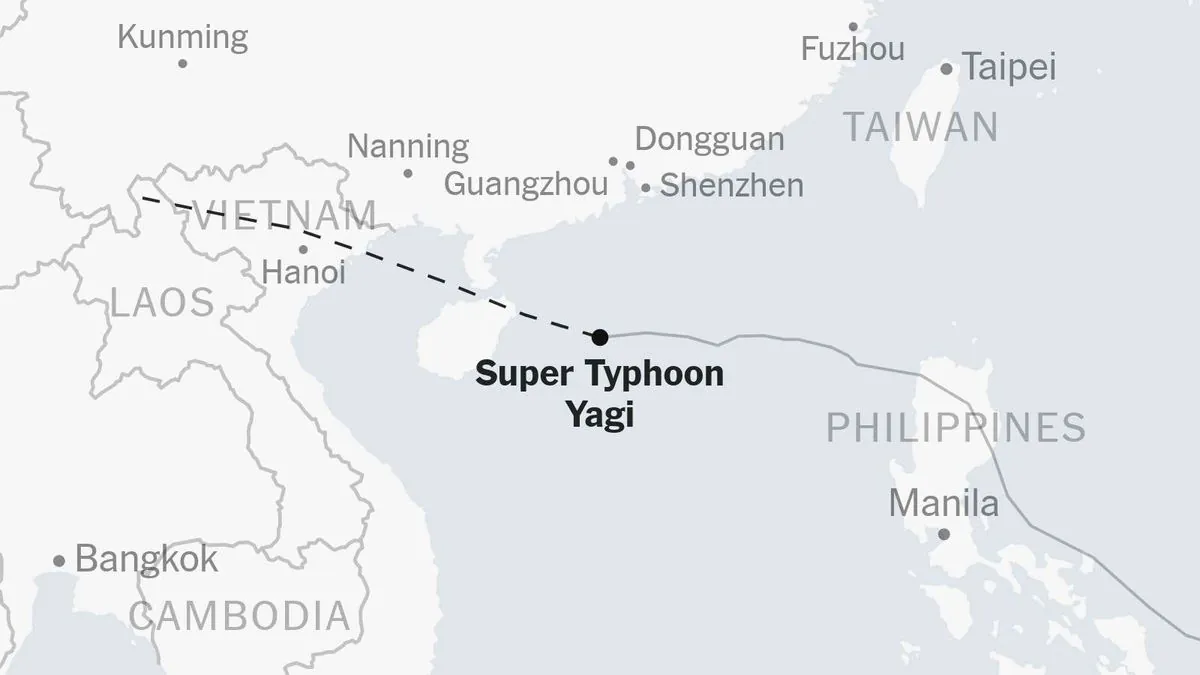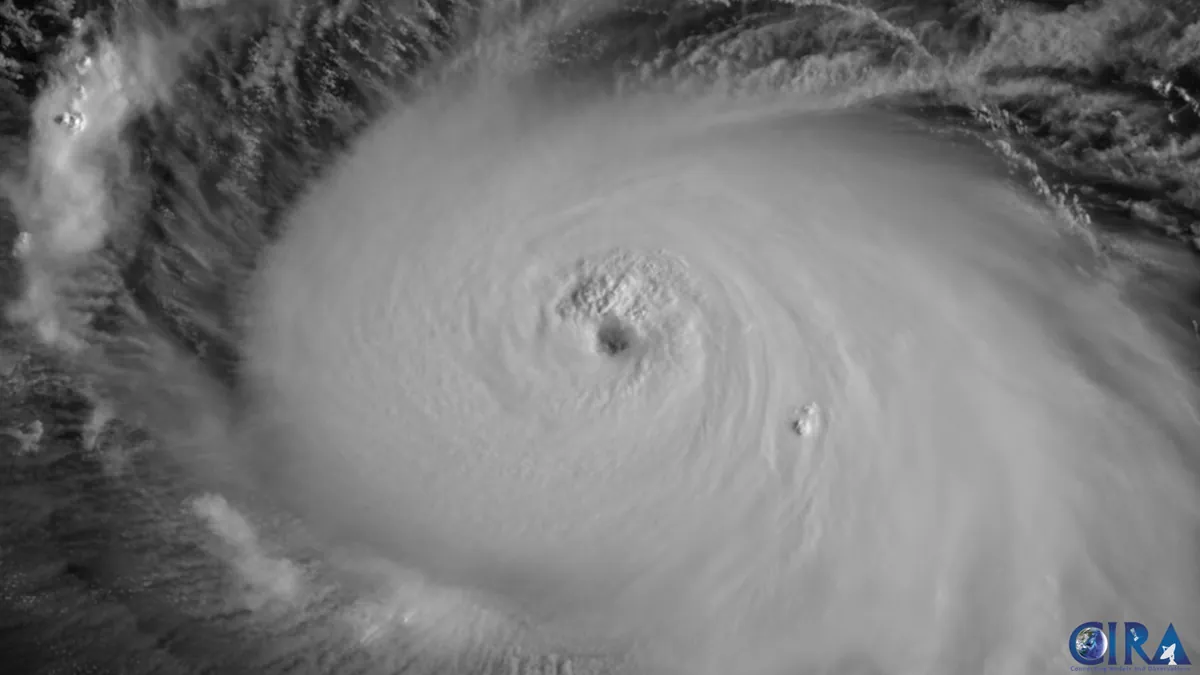Super Typhoon Yagi Threatens Southern China with Unprecedented Force
Super Typhoon Yagi approaches southern China with winds up to 245 km/h, causing widespread closures and evacuations. The storm, one of Asia's strongest in 2024, poses significant threats to Hainan and Guangdong provinces.

As of September 6, 2024, Super Typhoon Yagi is bearing down on southern China, prompting widespread closures and evacuations across the region. With maximum sustained winds reaching 245 kilometers per hour near its eye, Yagi has emerged as the second most powerful tropical cyclone globally in 2024, surpassed only by the Category 5 Atlantic hurricane Beryl.
The approaching storm has led to significant disruptions in daily life across southern China. Schools have remained closed for a second consecutive day, while numerous flights have been cancelled in Hainan, Guangdong, Hong Kong, and Macau. The Hong Kong Stock Exchange has suspended operations, and many businesses have shuttered their doors in anticipation of the typhoon's impact.

Yagi's approach has been accompanied by intense weather conditions, including powerful gales, heavy rainfall, and thunderstorms. The Hong Kong Observatory has issued a typhoon 8 signal, the third-highest warning level, expected to remain in effect until at least noon on Friday. Residents have been strongly advised to stay away from coastal areas due to the risk of storm surge and high waves.
In response to the impending threat, the Chinese government has dispatched task forces to Guangdong and Hainan provinces to guide flood and typhoon prevention efforts. This proactive measure underscores the severity of the situation and the potential for significant impacts on these regions.
Hainan, often referred to as "China's Hawaii" due to its tropical climate and beach resorts, faces a rare direct hit from a super typhoon. Historical data reveals that while 106 typhoons made landfall on the island between 1949 and 2023, only nine were classified as super typhoons. This statistic highlights the exceptional nature of Yagi's approach and the potential risks it poses to the island's population and infrastructure.
The intensification of Yagi aligns with scientific observations regarding the impact of climate change on tropical cyclones. Warmer ocean temperatures are fueling stronger storms, a trend that is expected to continue in the coming years. This phenomenon was evident in the recent Typhoon Shanshan, which struck southwestern Japan last week with unprecedented force.
As Yagi approaches, it's crucial to note that typhoons, like their Atlantic counterparts hurricanes, typically form in the Northwest Pacific between May and October. These powerful storms can trigger a range of secondary hazards, including storm surges, landslides in mountainous areas, and severe coastal flooding.
The Hong Kong-Zhuhai-Macau Bridge, the world's longest sea crossing at 55 kilometers, has been closed as a precautionary measure. This closure, along with the suspension of other transport links, underscores the wide-reaching impact of Yagi on the region's infrastructure and connectivity.
As the situation continues to evolve, authorities are urging residents to stay informed, follow safety guidelines, and prepare for potential emergencies. The coming hours will be critical as Super Typhoon Yagi makes its final approach to the southern Chinese coast.
"Intense rainbands associated with Yagi will bring heavy squally showers to the territory."


































